-
 bitcoin
bitcoin $112195.049338 USD
2.42% -
 ethereum
ethereum $4124.915858 USD
2.81% -
 tether
tether $1.000570 USD
0.02% -
 xrp
xrp $2.861568 USD
2.25% -
 bnb
bnb $1000.346670 USD
3.04% -
 solana
solana $209.070819 USD
3.38% -
 usd-coin
usd-coin $0.999870 USD
0.02% -
 dogecoin
dogecoin $0.235379 USD
2.65% -
 tron
tron $0.335681 USD
-0.20% -
 cardano
cardano $0.803501 USD
3.38% -
 hyperliquid
hyperliquid $47.120881 USD
3.56% -
 chainlink
chainlink $21.501300 USD
3.44% -
 ethena-usde
ethena-usde $1.000571 USD
0.02% -
 avalanche
avalanche $29.793378 USD
3.62% -
 stellar
stellar $0.366964 USD
2.42%
What is the margin system of OKEx's perpetual contracts?
In OKEx's perpetual contracts system, margin acts as a safety net to reduce counterparty risk and ensure traders have sufficient funds to cover potential losses.
Oct 25, 2024 at 05:37 am

In perpetual contracts trading, margin refers to a collateral deposited to provide liquidity and reduce counterparty risk. It acts as a safety net, ensuring that traders have sufficient funds to cover potential losses.
2. Margin RatioThe margin ratio is the ratio of the margin to the face value of the contract. It determines the leverage available to traders. Higher margin ratios imply lower leverage and vice versa.
3. OKEx's Margin SystemOKEx employs a cross-margin system for its perpetual contracts. This means that all perpetual contract positions share the same margin pool.
4. Types of Margins- Maintenance Margin: The minimum margin required to keep an open position. If the margin balance falls below this level, a margin call is triggered.
- Initial Margin: The margin required to open a new position. It is typically higher than the maintenance margin.
When the margin balance falls below the maintenance margin, a margin call is issued. Traders have a limited time to deposit additional funds or close positions to meet the margin requirements.
6. LiquidationIf traders fail to resolve a margin call, their positions may be liquidated forcibly. OKEx uses a three-level liquidation mechanism:
- Partial Liquidation: Sell or buy a portion of the position to cover the deficit.
- Smart Liquidation: Liquidate positions based on market depth and avoids market impact.
- Full Liquidation: Close all open positions and settle the outstanding balance.
In periods of high volatility, OKEx triggers auto-deleveraging. This reduces overall market leverage by liquidating positions with insufficient margin.
8. Key Features of OKEx's Margin System- Dynamic Margin Ratio: The margin ratio is adjusted based on market volatility.
- Loss Protection: Traders can activate stop-loss orders to prevent excessive losses.
- Margin Transfer: Traders can transfer margin between different perpetual contract markets.
Disclaimer:info@kdj.com
The information provided is not trading advice. kdj.com does not assume any responsibility for any investments made based on the information provided in this article. Cryptocurrencies are highly volatile and it is highly recommended that you invest with caution after thorough research!
If you believe that the content used on this website infringes your copyright, please contact us immediately (info@kdj.com) and we will delete it promptly.
- Mutuum Finance Presale Defies Market Volatility: A New Era for DeFi?
- 2025-09-30 00:45:13
- Floki Crypto: Analyst Signals Potential Pump Setup – Ready to Ride the Wave?
- 2025-09-30 00:45:13
- Hypurr Hysteria: NFTs, Floor Prices, and Hyperliquid's Wild Ride
- 2025-09-30 01:45:13
- Remittix: The Crypto World's Next XRP?
- 2025-09-30 00:50:01
- Whales, MAGACOIN, and Presale ROI: Riding the Crypto Wave
- 2025-09-30 00:50:01
- ChatGPT, Crypto Market, and Hidden Gems: Unearthing Opportunities in the Digital Gold Rush
- 2025-09-30 01:05:14
Related knowledge
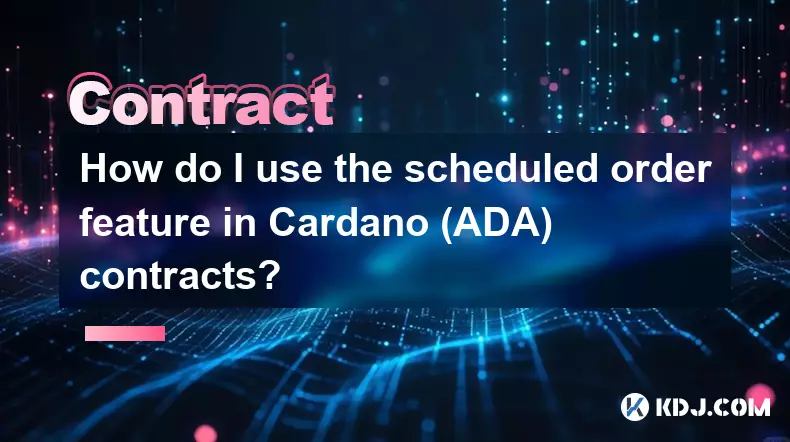
How do I use the scheduled order feature in Cardano (ADA) contracts?
Sep 28,2025 at 10:18pm
Understanding Scheduled Orders in Cardano Smart ContractsCardano operates on a proof-of-stakes consensus mechanism and uses the Plutus scripting langu...
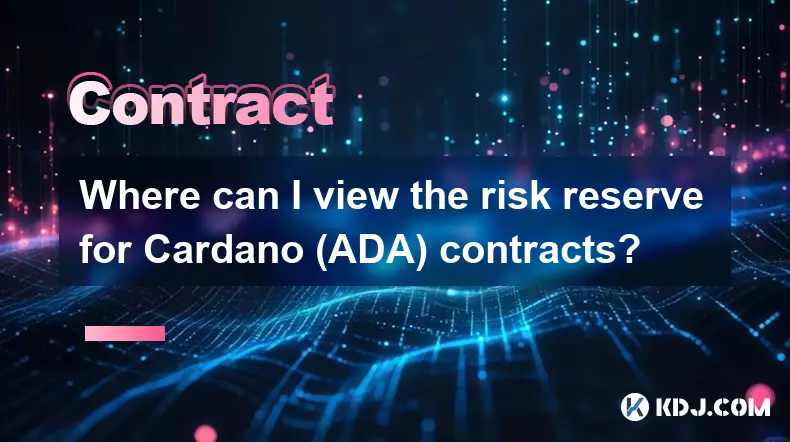
Where can I view the risk reserve for Cardano (ADA) contracts?
Sep 29,2025 at 09:19pm
Risk Reserve Overview in Cardano (ADA) Ecosystem1. The concept of a risk reserve within the Cardano blockchain does not align with traditional central...

How do I enable the "scalping-only" mode for Cardano (ADA) contracts?
Sep 24,2025 at 03:19am
Understanding Scalping Strategies in Crypto Derivatives1. Scalping in cryptocurrency trading refers to executing multiple short-term trades within min...
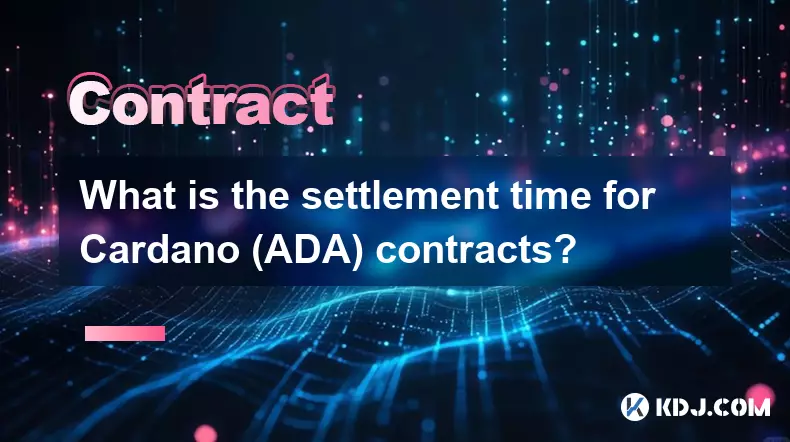
What is the settlement time for Cardano (ADA) contracts?
Sep 28,2025 at 04:18am
Understanding Cardano's Contract Settlement Mechanism1. Cardano operates on a proof-of-stake consensus model known as Ouroboros, which fundamentally i...

How do I add margin to Cardano (ADA) contracts?
Sep 27,2025 at 07:54pm
Understanding Margin in Cardano (ADA) Smart ContractsCardano operates on a proof-of-stake blockchain that supports smart contracts through its Plutus ...
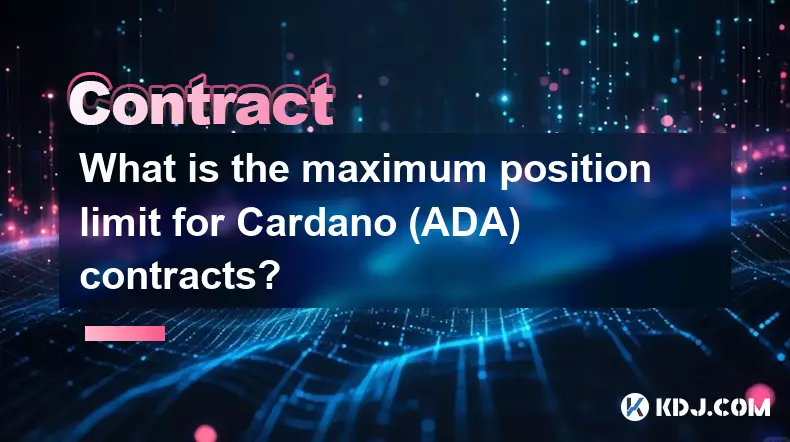
What is the maximum position limit for Cardano (ADA) contracts?
Sep 23,2025 at 11:00pm
Understanding ADA Futures and Derivatives Market Structure1. Cardano (ADA) futures contracts are offered by several major cryptocurrency derivatives e...

How do I use the scheduled order feature in Cardano (ADA) contracts?
Sep 28,2025 at 10:18pm
Understanding Scheduled Orders in Cardano Smart ContractsCardano operates on a proof-of-stakes consensus mechanism and uses the Plutus scripting langu...

Where can I view the risk reserve for Cardano (ADA) contracts?
Sep 29,2025 at 09:19pm
Risk Reserve Overview in Cardano (ADA) Ecosystem1. The concept of a risk reserve within the Cardano blockchain does not align with traditional central...

How do I enable the "scalping-only" mode for Cardano (ADA) contracts?
Sep 24,2025 at 03:19am
Understanding Scalping Strategies in Crypto Derivatives1. Scalping in cryptocurrency trading refers to executing multiple short-term trades within min...

What is the settlement time for Cardano (ADA) contracts?
Sep 28,2025 at 04:18am
Understanding Cardano's Contract Settlement Mechanism1. Cardano operates on a proof-of-stake consensus model known as Ouroboros, which fundamentally i...

How do I add margin to Cardano (ADA) contracts?
Sep 27,2025 at 07:54pm
Understanding Margin in Cardano (ADA) Smart ContractsCardano operates on a proof-of-stake blockchain that supports smart contracts through its Plutus ...

What is the maximum position limit for Cardano (ADA) contracts?
Sep 23,2025 at 11:00pm
Understanding ADA Futures and Derivatives Market Structure1. Cardano (ADA) futures contracts are offered by several major cryptocurrency derivatives e...
See all articles





















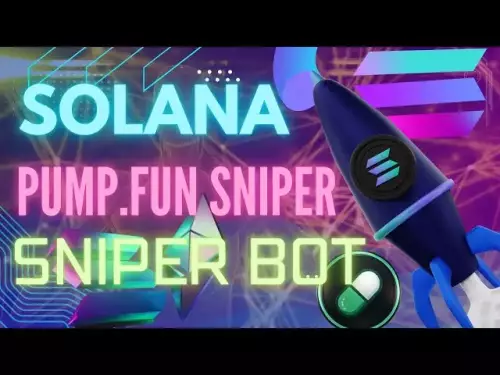



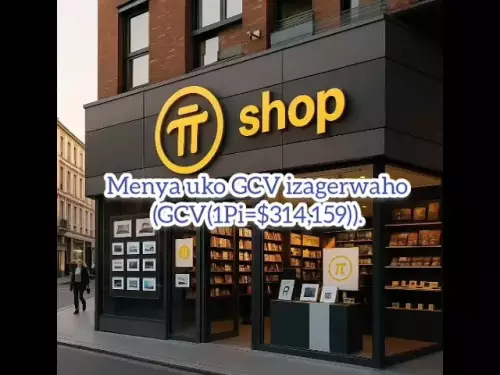
![[Pycoin] PI Coin -Shocking Listance of Pycoin?! 'Rebellion' This time ... Pay attention to #paikoin [Pycoin] PI Coin -Shocking Listance of Pycoin?! 'Rebellion' This time ... Pay attention to #paikoin](/uploads/2025/09/29/cryptocurrencies-news/videos/pycoin-pi-coin-shocking-listance-pycoin-rebellion-time-pay-attention-paikoin/68da82f23cec1_image_500_375.webp)















































